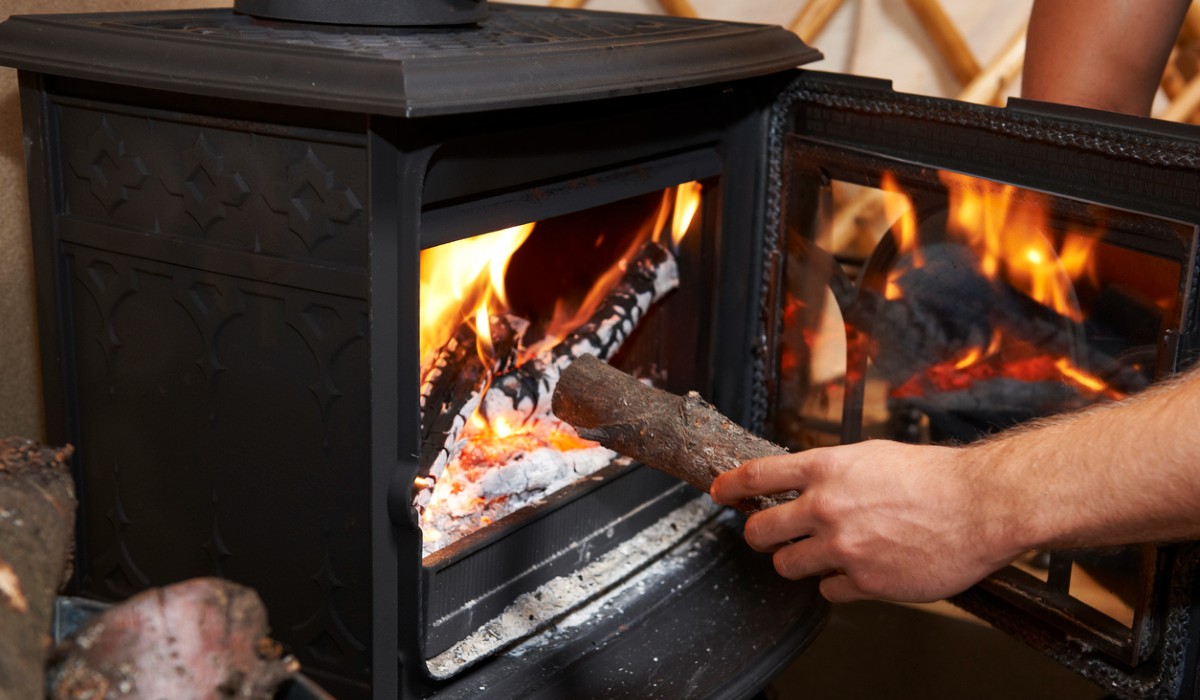

Articles
How To Start A Fire In A Fireplace
Modified: January 23, 2024
Looking for articles on how to start a fire in a fireplace? Discover step-by-step guides and tips for creating a cozy and warm ambiance in your home.
(Many of the links in this article redirect to a specific reviewed product. Your purchase of these products through affiliate links helps to generate commission for Storables.com, at no extra cost. Learn more)
Introduction
Starting a fire in a fireplace is a timeless and comforting activity that can create a warm and inviting atmosphere in your home. Whether you’re looking to cozy up on a chilly winter evening or simply enjoy the ambiance of a crackling fire, knowing how to start a fire in a fireplace is essential.
In this article, we will guide you through the process of starting a fire in your fireplace, from choosing the right firewood to extinguishing the fire safely. By following these steps, you can ensure a successful and enjoyable fire experience while keeping your home warm and cozy.
So, let’s dive in and discover how to start a fire in a fireplace step by step.
Key Takeaways:
- Choose seasoned hardwood for efficient and warm fires. Properly prepare the fireplace, build the fire with care, and follow safety precautions for a cozy and safe experience.
- Prioritize safety, maintain the fire, and extinguish it properly. Enjoy the warmth and ambiance of a fireplace while keeping your home and loved ones safe.
Read more: How To Start A Fire In An Outdoor Fireplace
Choosing the Right Firewood
When it comes to starting a fire in a fireplace, the first step is to choose the right firewood. The type of firewood you use can greatly impact the quality of your fire and the amount of heat it produces. Here are some tips to help you choose the right firewood:
- Seasoned Firewood: It’s important to use seasoned firewood, which is wood that has been dried for at least 6-12 months. Seasoned firewood burns more efficiently, produces less smoke, and generates more heat. Look for firewood that is grayish in color, lightweight, and has cracks on the ends.
- Hardwood vs. Softwood: Hardwood, such as oak, maple, or birch, is denser and burns longer and hotter compared to softwood, such as pine or fir. Hardwoods are ideal for a long-lasting fire, while softwoods are better for starting the fire quickly.
- Properly Sized Logs: Use logs that are about 3 to 6 inches in diameter for a better airflow and easier ignition. Avoid using oversized logs that can smolder and produce excess smoke.
- Avoid Wet or Green Wood: Wet or green wood contains higher moisture content, which makes it difficult to burn and produces more smoke. Ensure that the firewood you choose is dry and properly seasoned.
Remember, using the right firewood is crucial for a successful and efficient fire. Invest in high-quality, properly seasoned firewood to ensure a beautiful and enjoyable fire in your fireplace.
Preparing the Fireplace
Before you start building your fire, it’s important to properly prepare your fireplace. Here are the steps to take to ensure a safe and successful fire:
- Clean the Fireplace: Remove any ashes or debris from previous fires. Use a fireplace shovel or vacuum to clean out the ash and dispose of it in a metal container. It’s important to keep the fireplace clean for better airflow and to prevent any potential hazards.
- Check the Chimney: Before starting a fire, make sure your chimney is clear and free from any blockages. Creosote buildup or debris can cause a dangerous chimney fire. Consider scheduling a professional chimney inspection and cleaning at least once a year.
- Open the Damper: The damper is a metal flap located above the firebox. It helps control the airflow in the chimney. Before starting a fire, make sure the damper is fully open to allow for proper ventilation and smoke to escape.
- Place a Fire Grate: A fire grate elevates the wood, allowing for better airflow. It also helps to protect the floor of the fireplace from direct heat. Place a fire grate at the bottom of the fireplace, ensuring it’s stable and secure.
- Clear the Surrounding Area: Remove any flammable objects or furniture from around the fireplace. Keep a safe distance between the fire and any combustible materials to prevent accidents or damage.
By properly preparing your fireplace, you can create a safe and efficient environment for your fire. Take the time to clean, inspect, and arrange the necessary elements before proceeding to build your fire.
Building the Fire
Building a fire in your fireplace involves arranging the firewood in a way that promotes efficient burning and a steady flame. Follow these steps to build the perfect fire:
- Lay the Foundation: Start by placing a layer of crumpled newspaper or fire starters at the bottom of the fireplace. This will help ignite the firewood more easily.
- Add Kindling: Place small, dry twigs or sticks on top of the newspaper or fire starters. This acts as the kindling, providing the initial flame needed to ignite the larger logs.
- Stack the Firewood: Arrange the firewood on top of the kindling, leaving enough space between the logs for air to circulate. Use a crisscross pattern or a “log cabin” style stack to create a sturdy and well-ventilated structure.
- Avoid Overloading: Do not stack the firewood too high or tightly. Allow for proper airflow to ensure a steady burn. Remember, good ventilation is essential for a successful fire.
It’s important to use dry and properly seasoned firewood for your fire. Wet or green wood can produce excessive smoke and result in a smoldering fire. Make sure the firewood is arranged in a manner that allows flames to easily ignite and spread throughout the structure.
Once you have built the fire, you’re ready to move on to the next step: lighting it up!
Lighting the Fire
Now that you have built your fire, it’s time to bring it to life by lighting it up. Follow these steps to safely and effectively light your fireplace:
- Open the Damper: Before lighting the fire, ensure that the damper is fully open to allow for proper ventilation.
- Ignite the Kindling: Use a long-handled lighter or a match to ignite the newspaper or fire starters at the base of the firewood stack. Start at multiple points to help ignite the kindling more effectively.
- Monitor the Flame: Keep an eye on the flame as it spreads from the kindling to the larger logs. You may need to gently blow on the flame to provide it with more oxygen and help it grow.
- Close the Fireplace Screen or Doors: Once the fire is burning steadily, close the fireplace screen or doors to prevent sparks from escaping. This will also help to regulate airflow.
It’s important to practice caution while lighting the fire. Avoid using flammable liquids or excessive amounts of paper to ignite the fire, as this can lead to uncontrollable flames. Always use proper fire-starting tools and follow safety guidelines.
Now that your fire is burning, you can sit back, relax, and enjoy the warm and cozy atmosphere it creates. Remember to monitor the fire and follow safety precautions to ensure a safe and enjoyable experience.
Use kindling like small, dry sticks and crumpled newspaper to start the fire. Build a small pyramid with the kindling and place larger logs on top. Light the newspaper and let the fire catch before adding more wood.
Maintaining the Fire
Once you have successfully built and lit your fire, it’s important to maintain it to ensure a steady and long-lasting burn. Here are some tips to help you maintain your fire:
- Add Firewood: As the fire burns, add more firewood to sustain the flame. Place the logs carefully, ensuring that they fit well and allow for proper airflow.
- Arrange Logs: As you add more firewood, rearrange the logs if needed. Push them closer together, but leave enough space for air circulation to prevent smothering the flames.
- Remove Ashes: Occasionally, use a fireplace shovel or brush to remove excess ashes from the firebox. This helps maintain good airflow and prevents the fire from smoldering.
- Adjust the Damper: If the fire is burning too hot or producing excess smoke, adjust the damper to control the airflow. Opening it more can increase the intensity of the fire, while closing it slightly can reduce it.
While maintaining the fire, it’s important to keep a close eye on it. Never leave a fire unattended, especially if there are children or pets around. Always ensure that there is proper ventilation and that the area surrounding the fireplace is clear of any flammable objects.
By following these guidelines, you can maintain a beautiful and warm fire that will continue to provide comfort and ambiance in your home.
Extinguishing the Fire
When you’re ready to extinguish your fireplace fire, it’s crucial to follow the proper steps to ensure safety and prevent any potential dangers. Here’s how to safely extinguish a fire:
- Allow the Fire to Burn Down: Before attempting to extinguish the fire, let it burn down naturally. This will help reduce the amount of remaining embers.
- Separate and Spread the Logs: Use fireplace tongs or a poker to separate the logs and spread them apart. This allows air to flow through and helps accelerate the cooling process.
- Remove Burning Logs: Carefully remove any logs that are still burning or producing flames. Place them in a metal container specifically designed for disposing of ashes and embers.
- Spread the Ashes: Using a fireplace brush, gently spread the remaining ashes to cool them down and allow for better airflow.
- Wait for Complete Cooling: Give the fire ample time to cool down completely before disposing of the ashes. This process can take several hours, so it’s important to be patient and not rush the process.
- Dispose of Ashes Safely: Once the ashes are completely cooled, transfer them to a non-flammable container and dispose of them in an appropriate manner. Avoid disposing of ashes in plastic bags or other flammable containers.
Extinguishing a fire properly is essential for preventing any accidental fires or damage. Always prioritize safety when handling fires and ensure that all embers and ashes are completely cool before leaving the area.
Safety Precautions
When dealing with fire, it’s important to prioritize safety to prevent accidents and protect yourself, your loved ones, and your home. Here are some essential safety precautions to keep in mind:
- Install Smoke Detectors: Make sure your home is equipped with working smoke detectors on every level. Test them regularly and replace the batteries as needed.
- Keep a Fire Extinguisher Handy: Have a fire extinguisher in an easily accessible location near your fireplace. Ensure that you know how to properly use it in case of emergencies.
- Use a Fireplace Screen: Place a sturdy fireplace screen or glass doors in front of the fire to prevent sparks and embers from escaping and causing accidents.
- Never Leave a Fire Unattended: Always attend to the fire and never leave it burning when you’re not present or while you’re sleeping. It’s important to monitor the fire at all times.
- Keep Flammable Objects Away: Maintain a safe distance between the fire and any flammable objects such as furniture, curtains, or holiday decorations.
- Practice Proper Ash Disposal: Dispose of ashes in a metal container specifically designed for this purpose. Never dispose of hot ashes in a combustible container or near flammable materials.
- Keep Children and Pets Supervised: Ensure that children and pets are always supervised around the fireplace. Teach them about fire safety and establish clear boundaries to prevent accidents.
- Regularly Inspect and Clean the Chimney: Schedule regular inspections and cleanings by a professional to remove creosote buildup and ensure that the chimney is in safe working condition.
By following these safety precautions, you can enjoy the warmth and beauty of a fireplace while minimizing the risk of accidents and keeping your home and loved ones safe.
Conclusion
Starting a fire in a fireplace can bring warmth, comfort, and ambiance to your home. By following the steps outlined in this article, you can ensure a successful and enjoyable fire experience while prioritizing safety.
It all begins with choosing the right firewood – dry, seasoned hardwood that will burn efficiently and produce ample heat. Properly preparing the fireplace by cleaning it, checking the chimney, and ensuring good ventilation sets the foundation for a safe and effective fire. Building the fire with a solid foundation of newspaper and kindling, followed by carefully arranged firewood, allows for proper airflow and a steady burn.
When it’s time to light the fire, open the damper, ignite the kindling, and monitor the flame as it spreads. Maintaining the fire involves adding firewood, adjusting the damper, and removing excess ashes when necessary. Once you’re ready to extinguish the fire, let it burn down, separate and spread the logs, and dispose of the ashes safely.
Throughout the entire process, it’s crucial to observe safety precautions. Install smoke detectors, keep a fire extinguisher nearby, and use a fireplace screen to prevent sparks from escaping. Never leave a fire unattended and keep flammable objects away from the fireplace. Supervise children and pets, and maintain regular chimney inspections and cleanings.
In conclusion, starting a fire in a fireplace is a timeless activity that can bring warmth and joy to your home. By following the steps and safety precautions outlined in this article, you can create a safe and inviting fire experience for you and your loved ones.
So, go ahead and light up that fireplace, sit back, and enjoy the comforting glow and crackling sound of a beautiful fire.
Frequently Asked Questions about How To Start A Fire In A Fireplace
Was this page helpful?
At Storables.com, we guarantee accurate and reliable information. Our content, validated by Expert Board Contributors, is crafted following stringent Editorial Policies. We're committed to providing you with well-researched, expert-backed insights for all your informational needs.
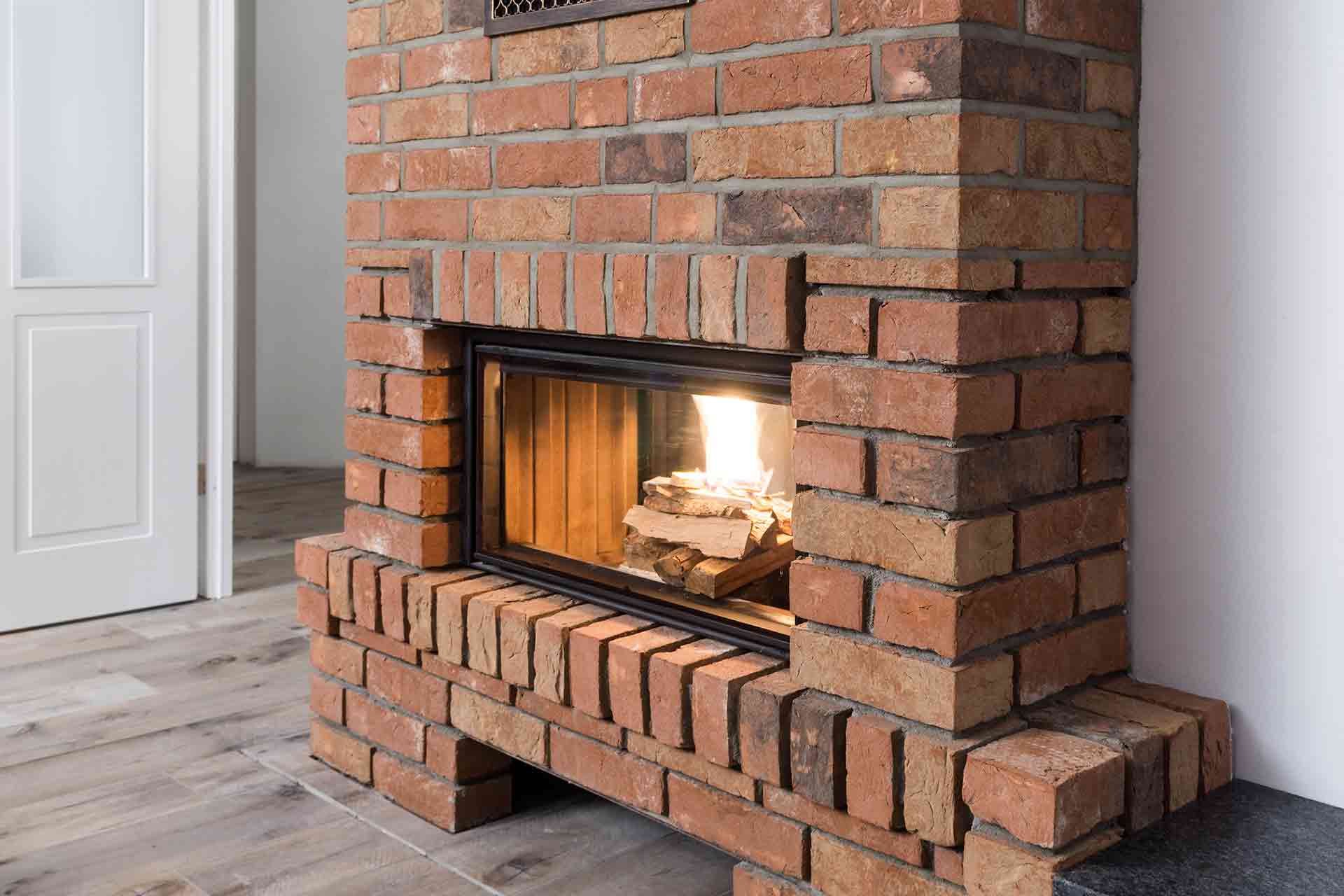
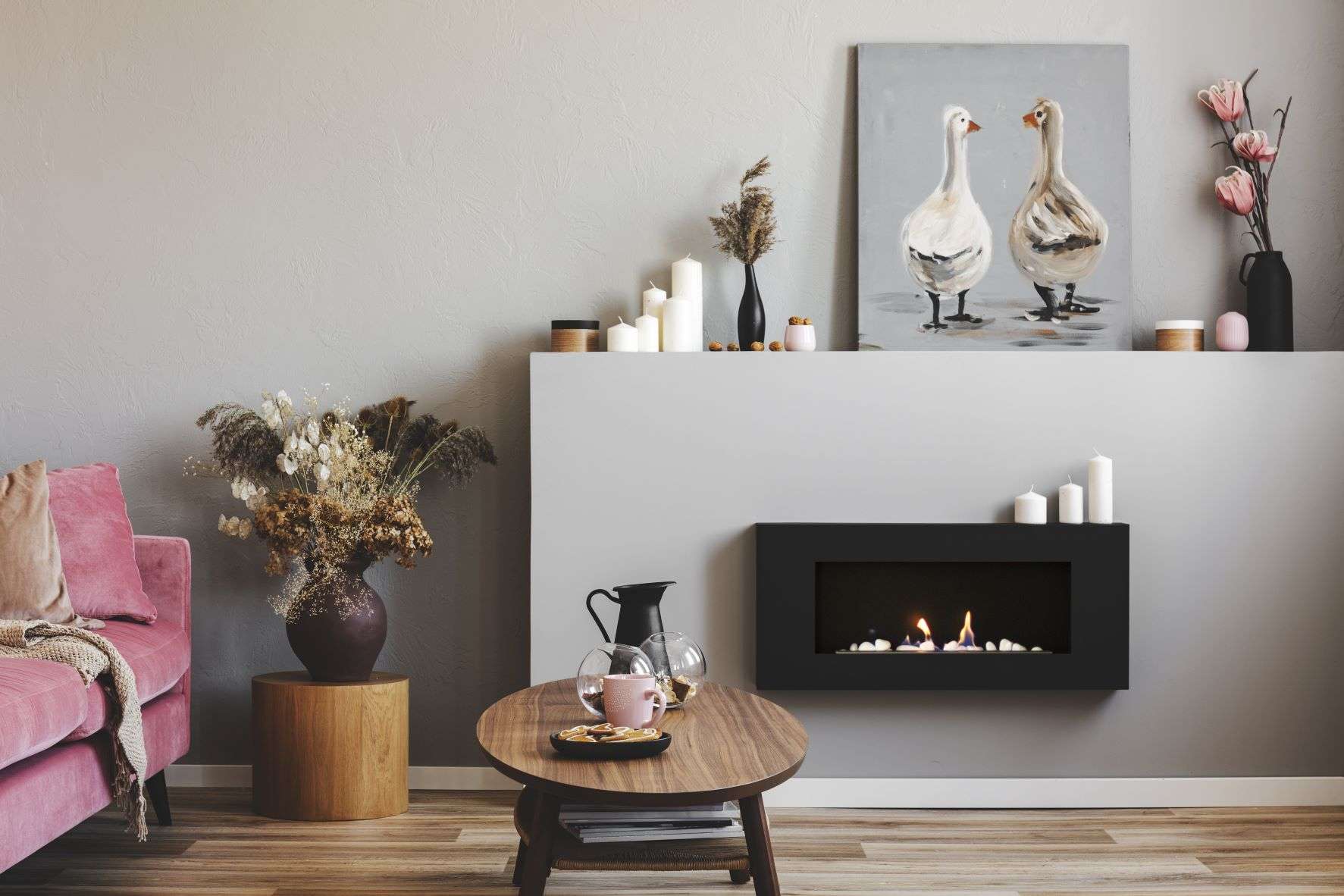
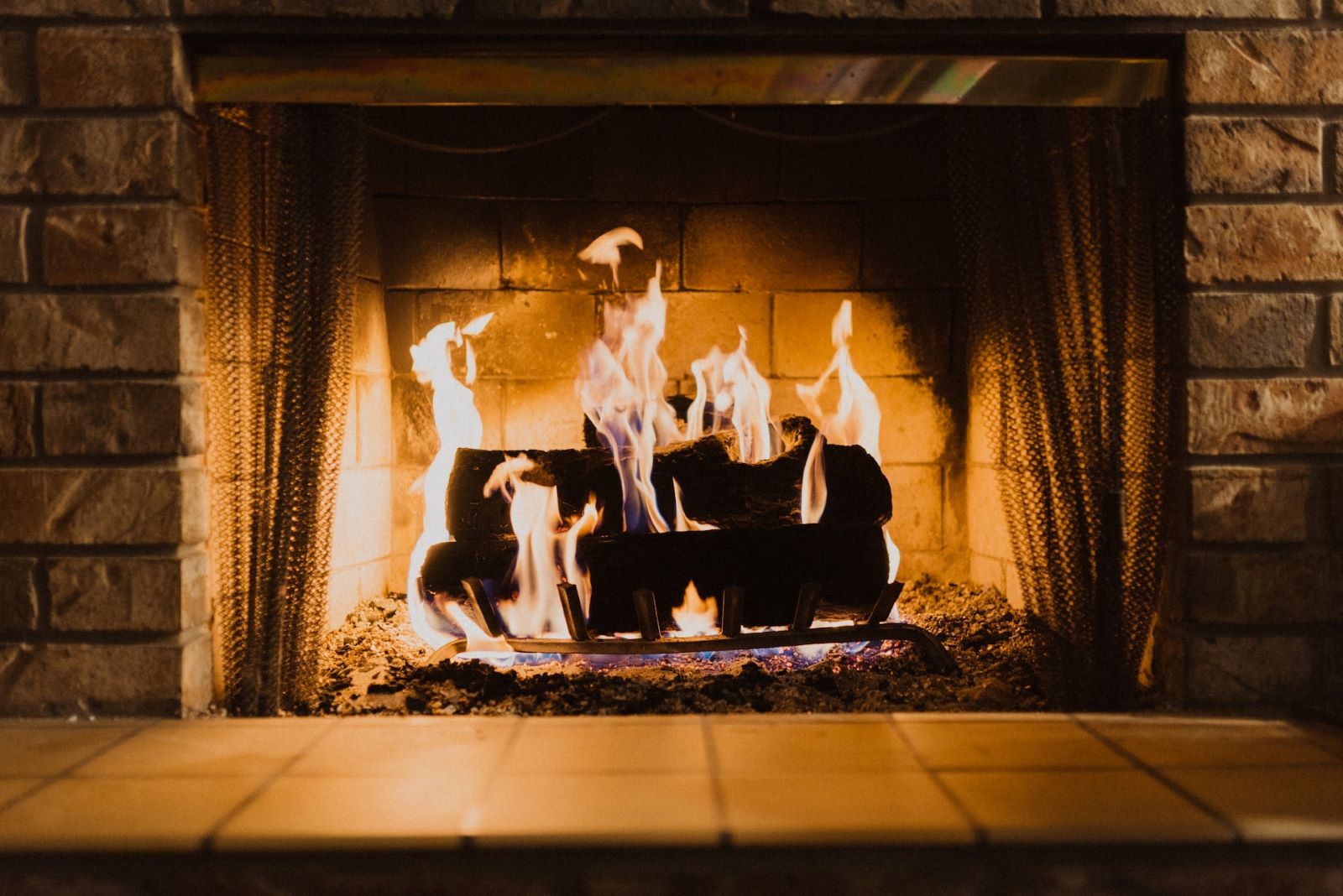
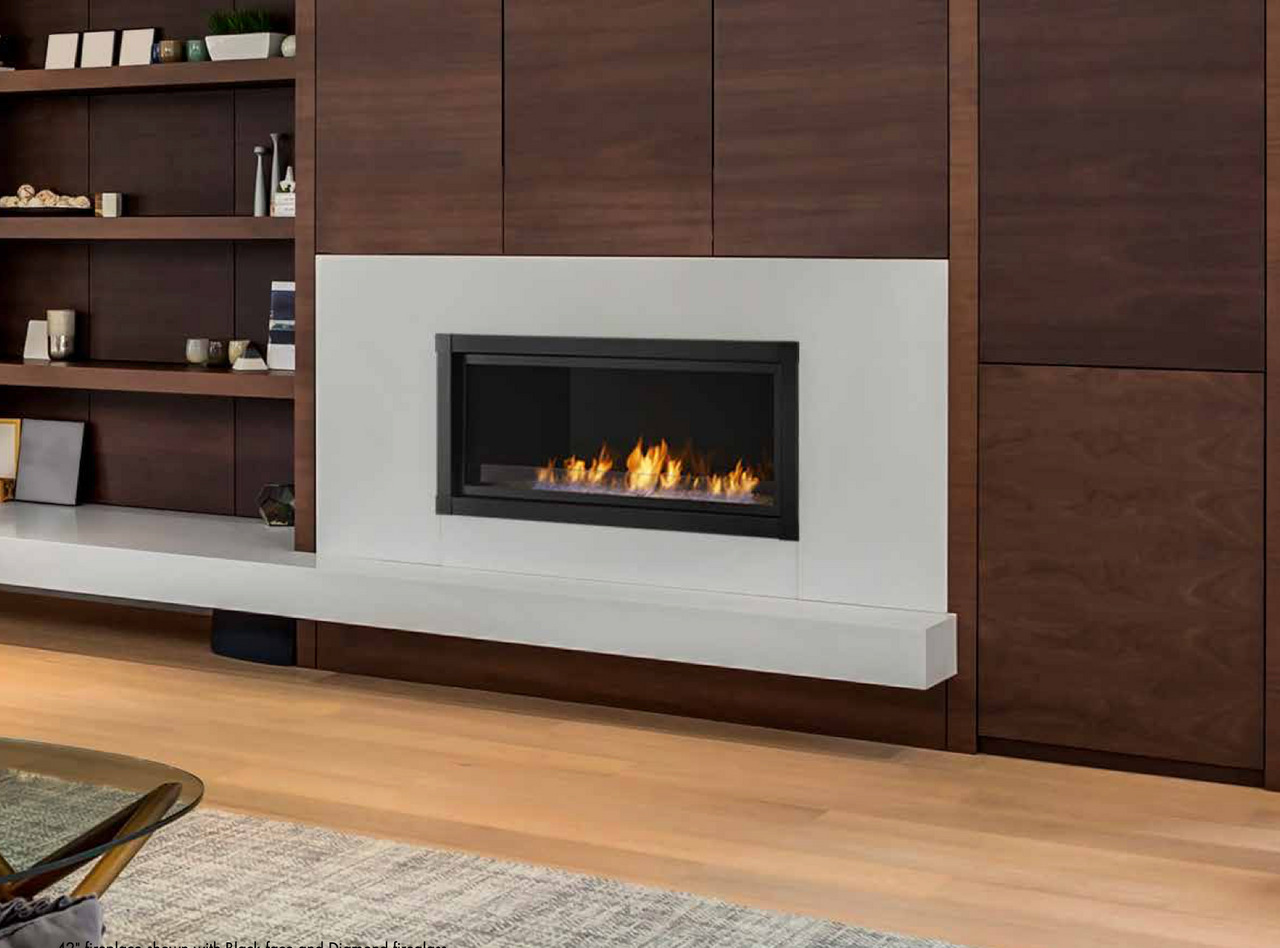
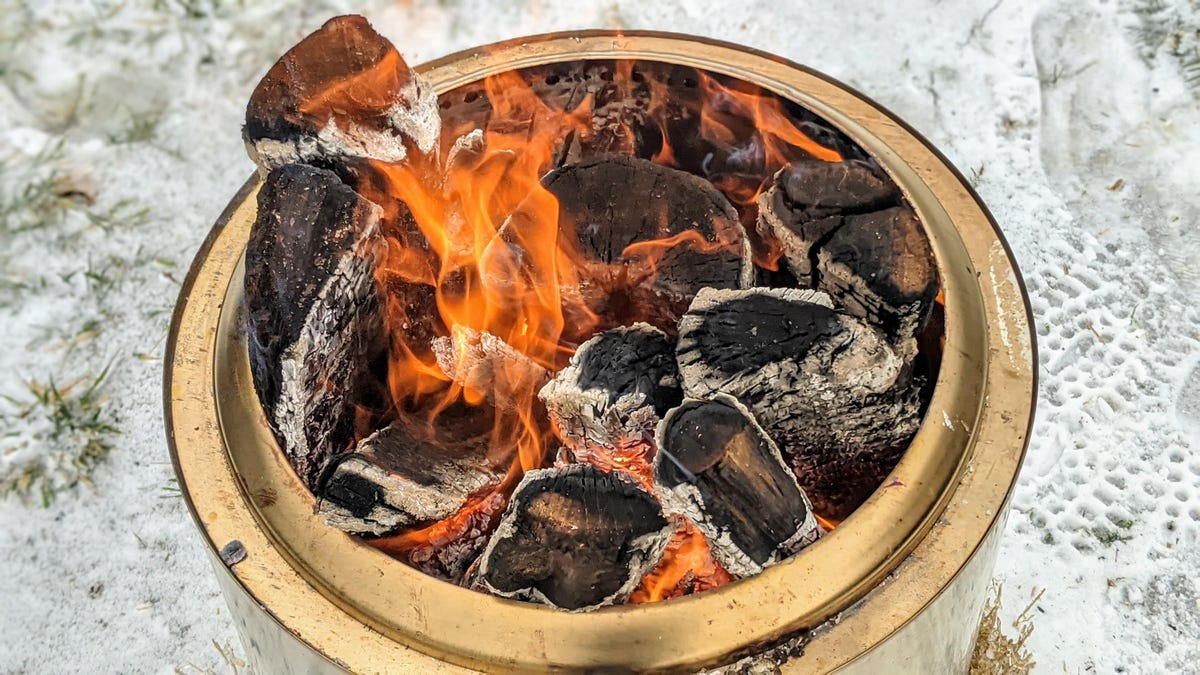
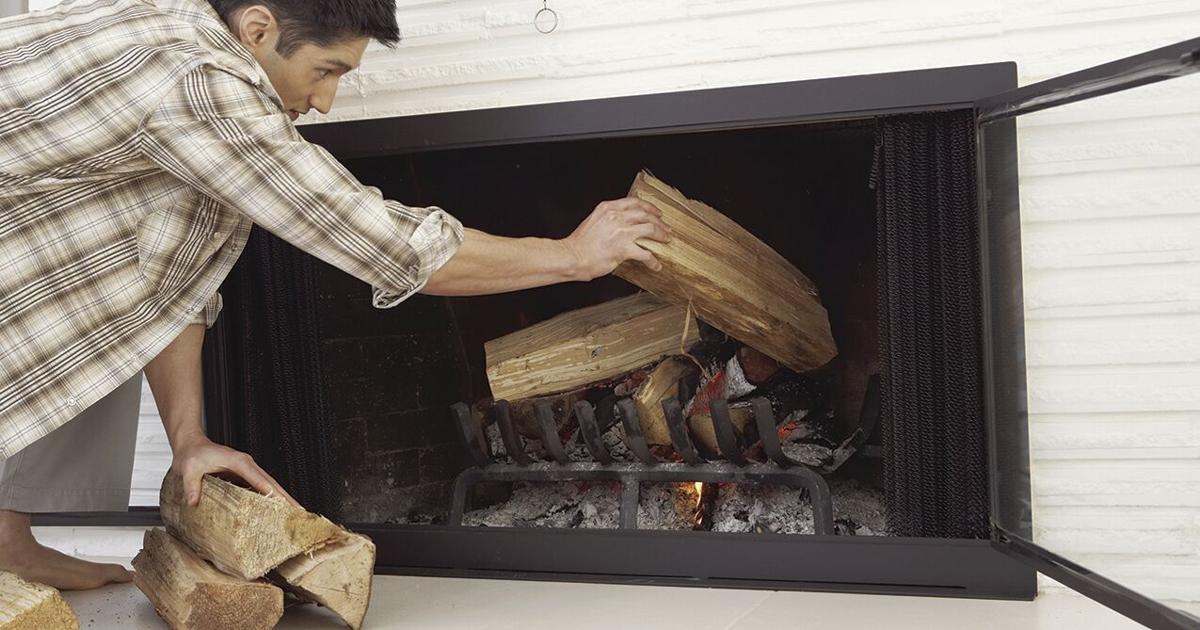
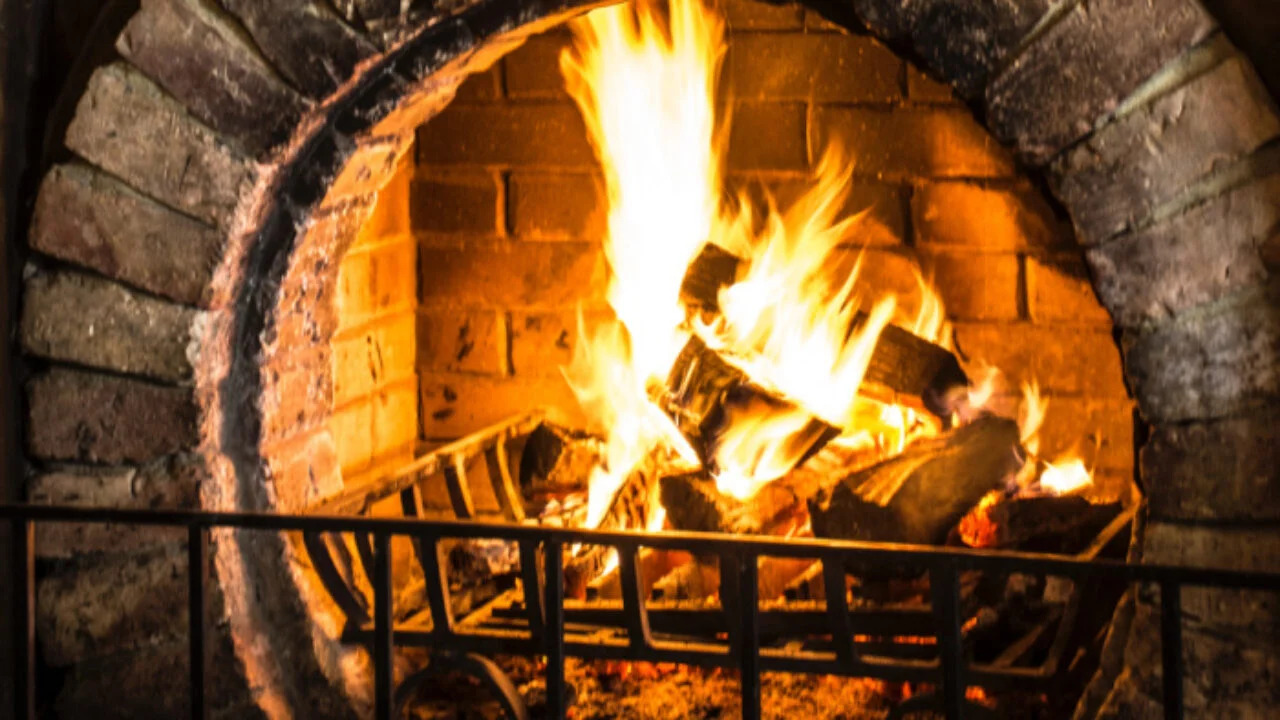
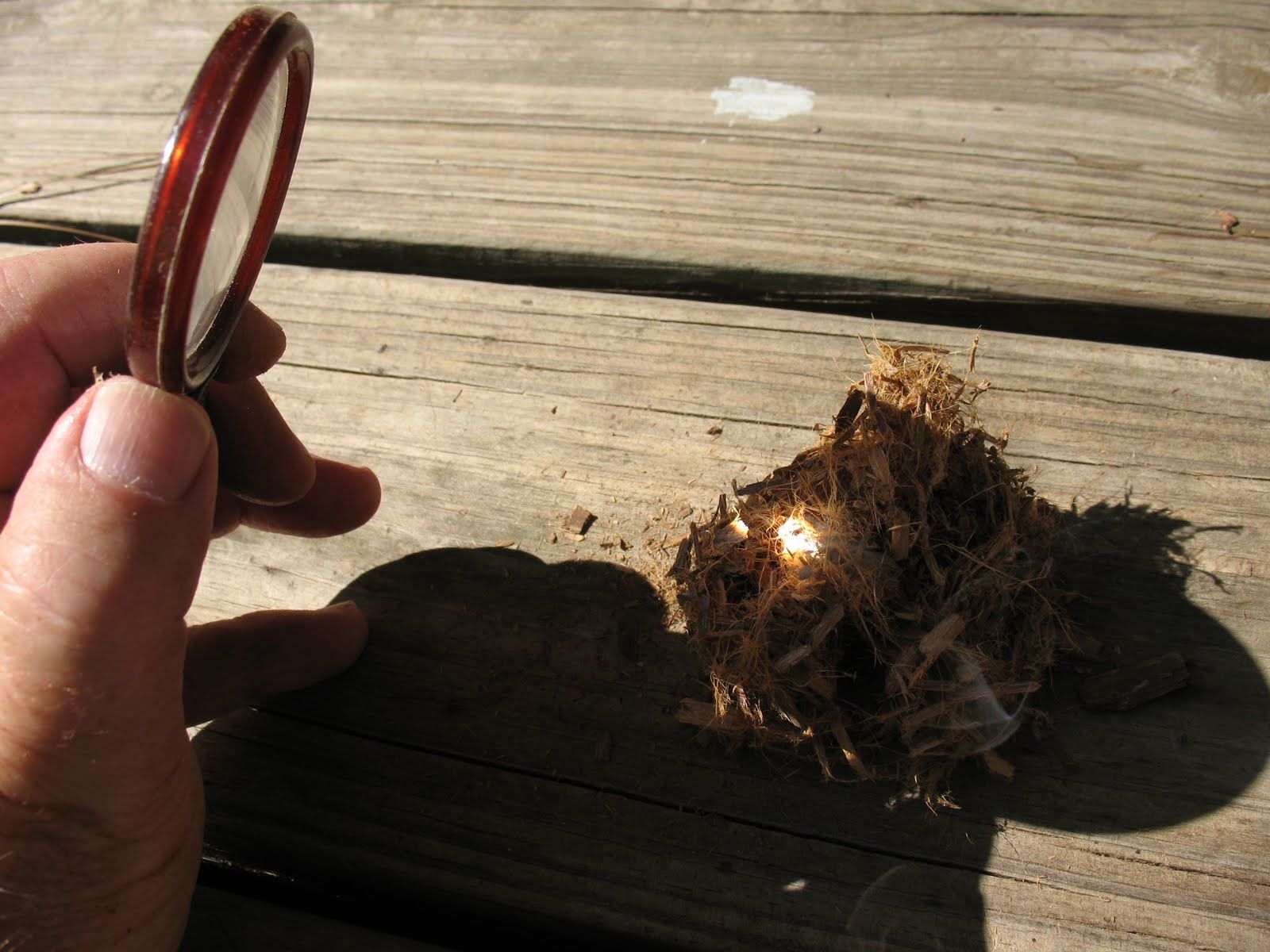
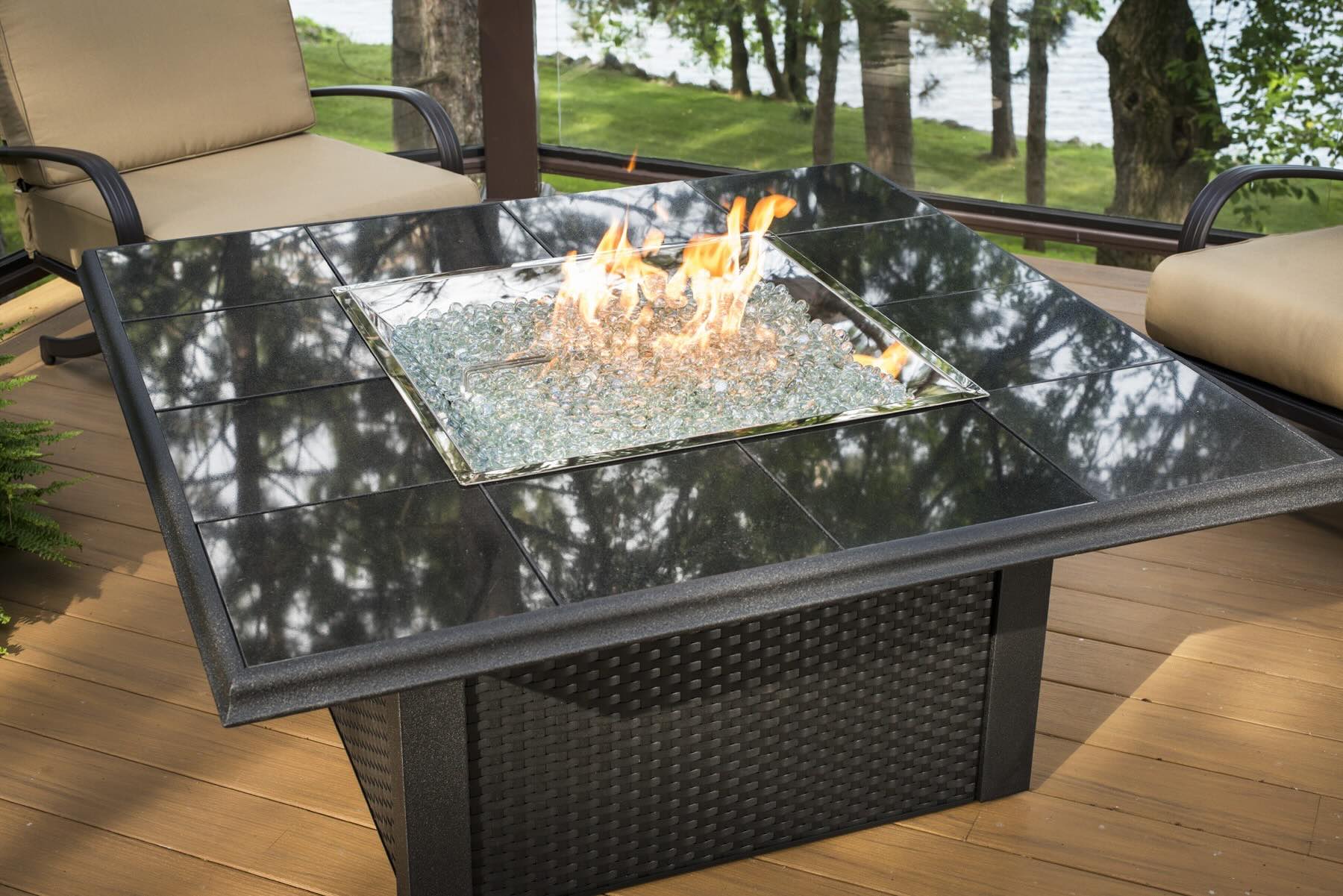
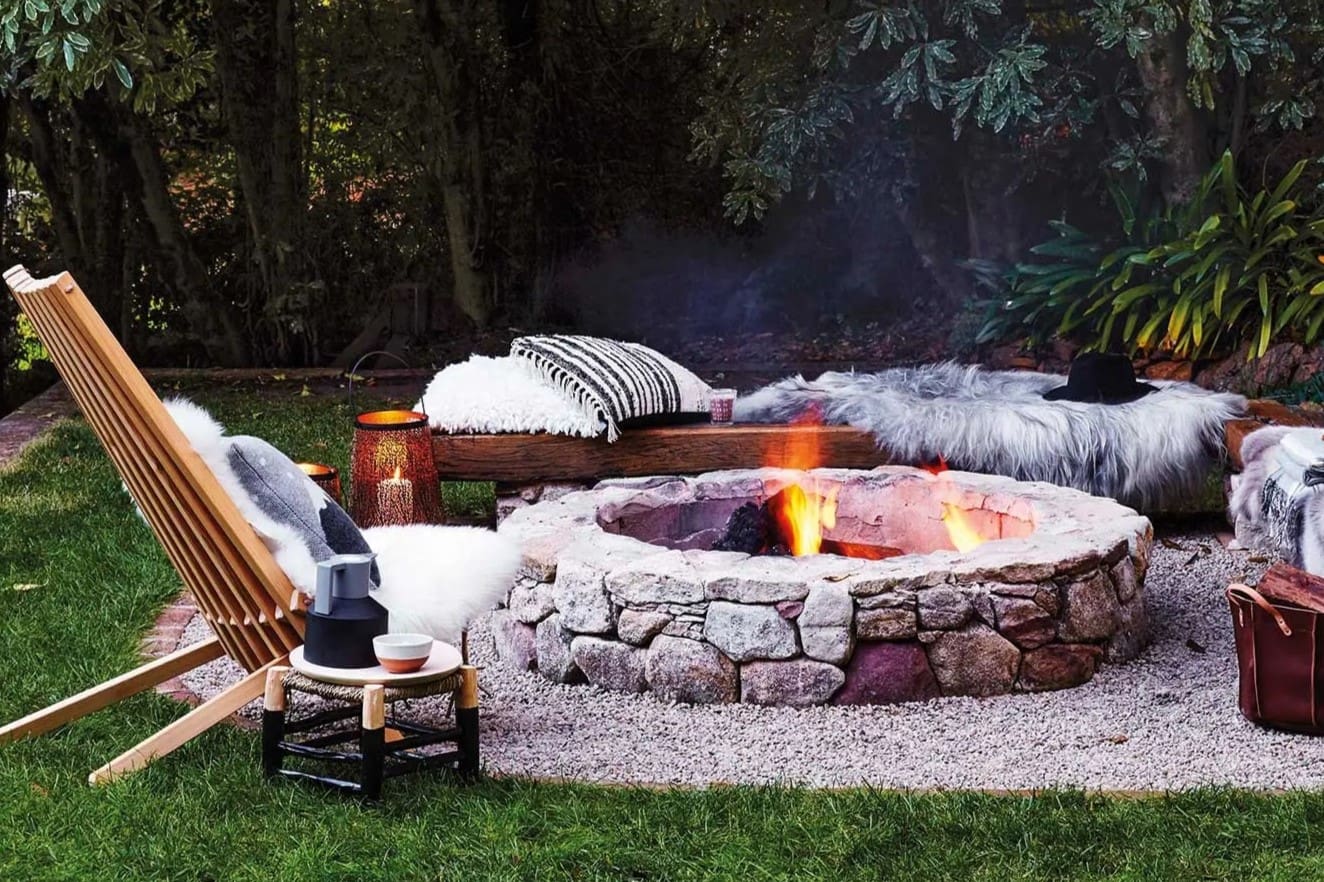
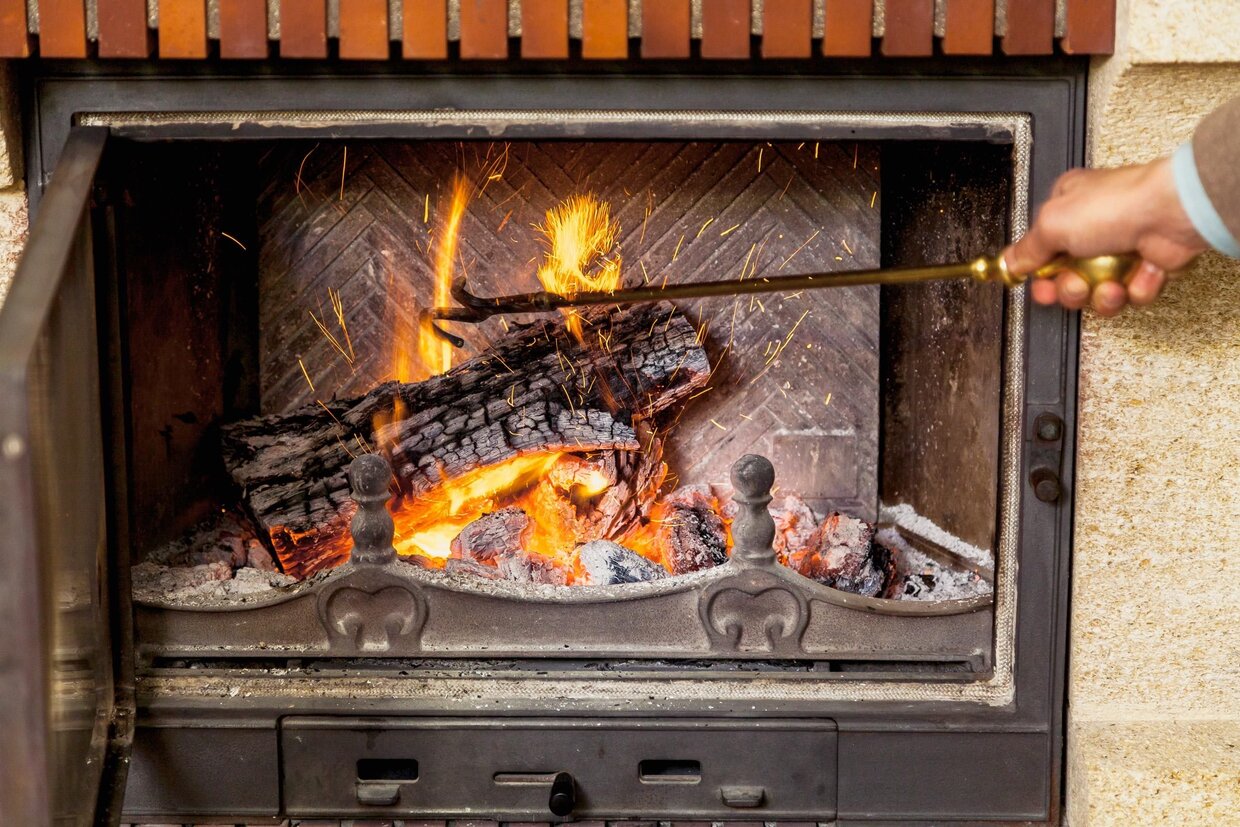
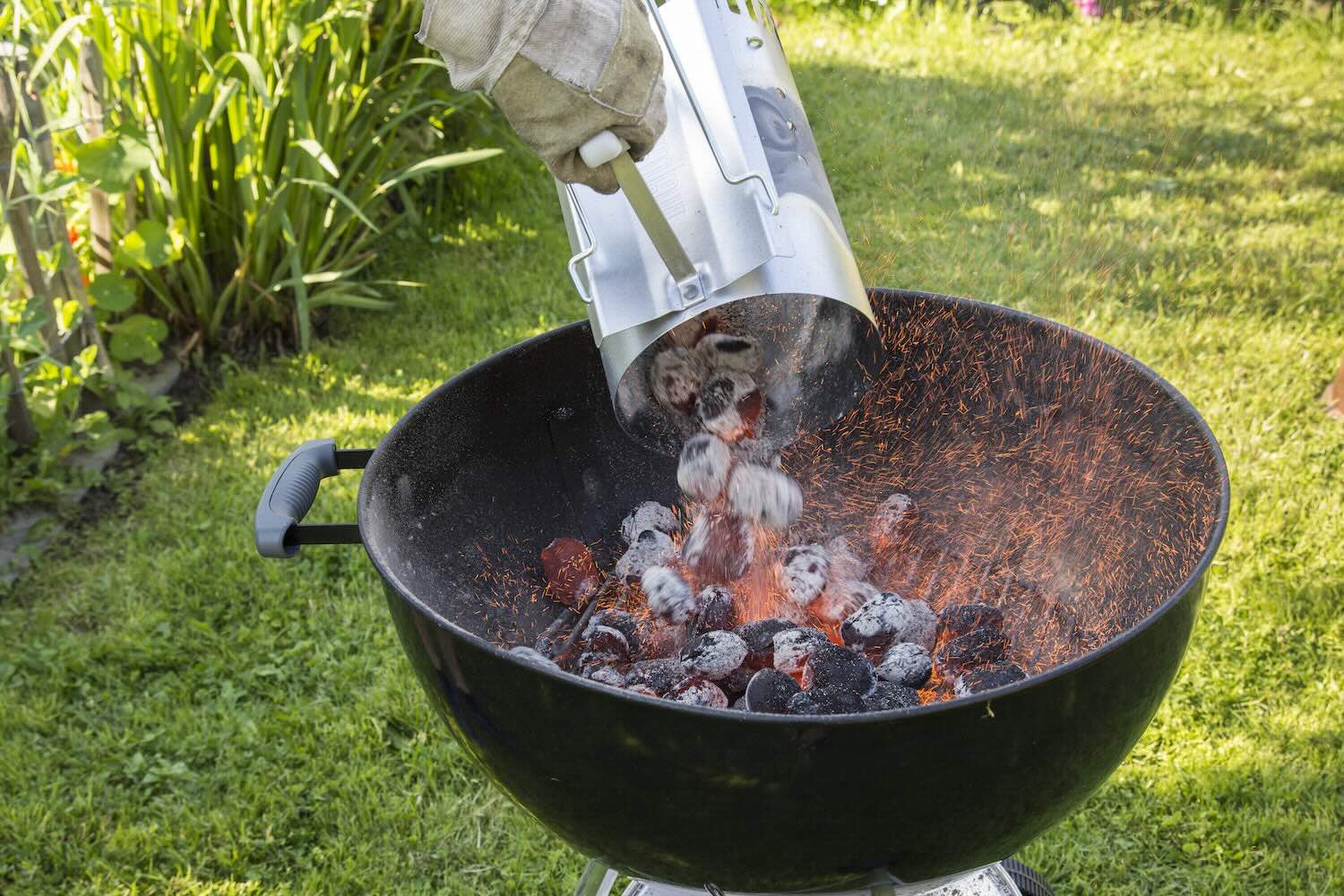
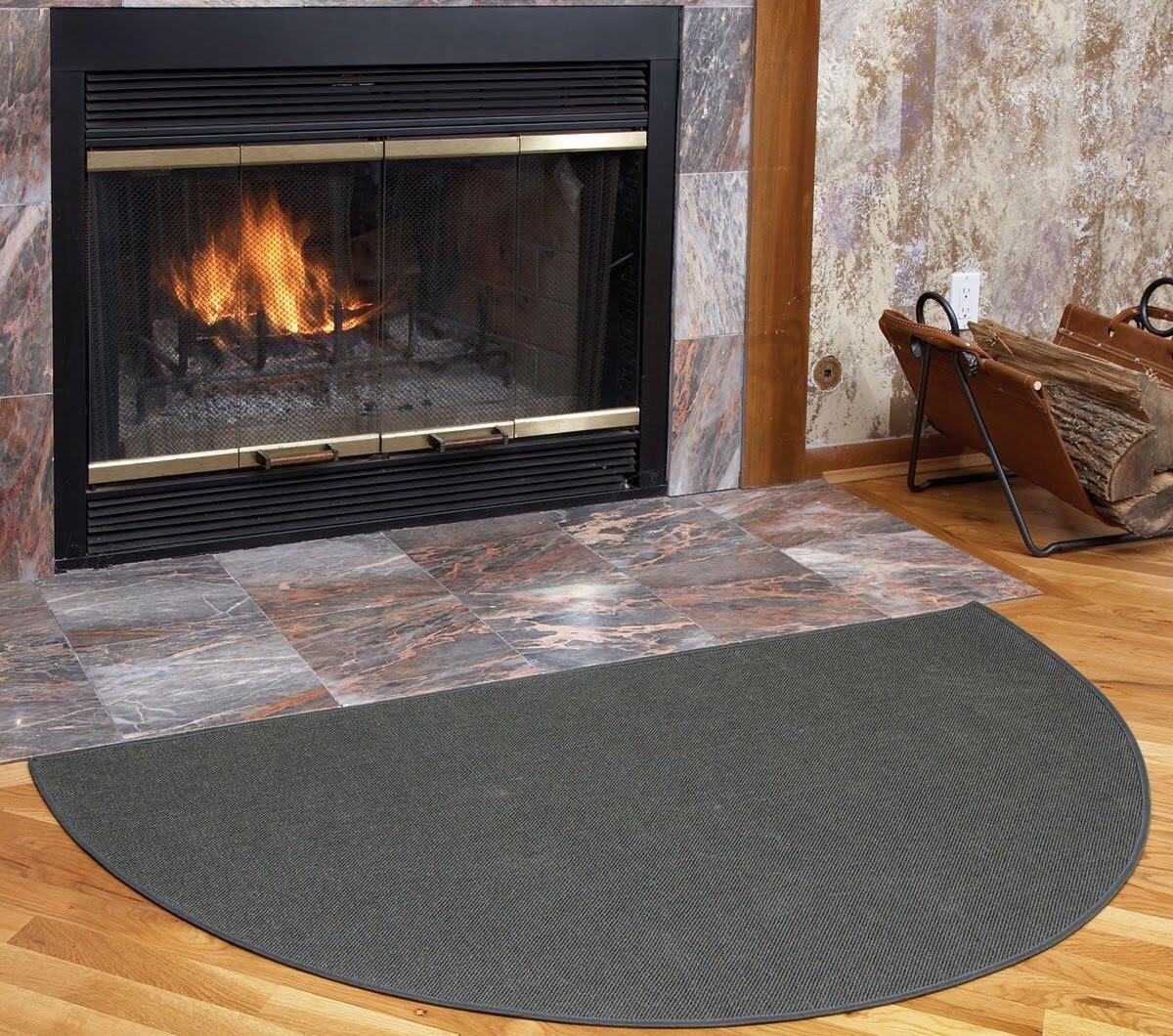
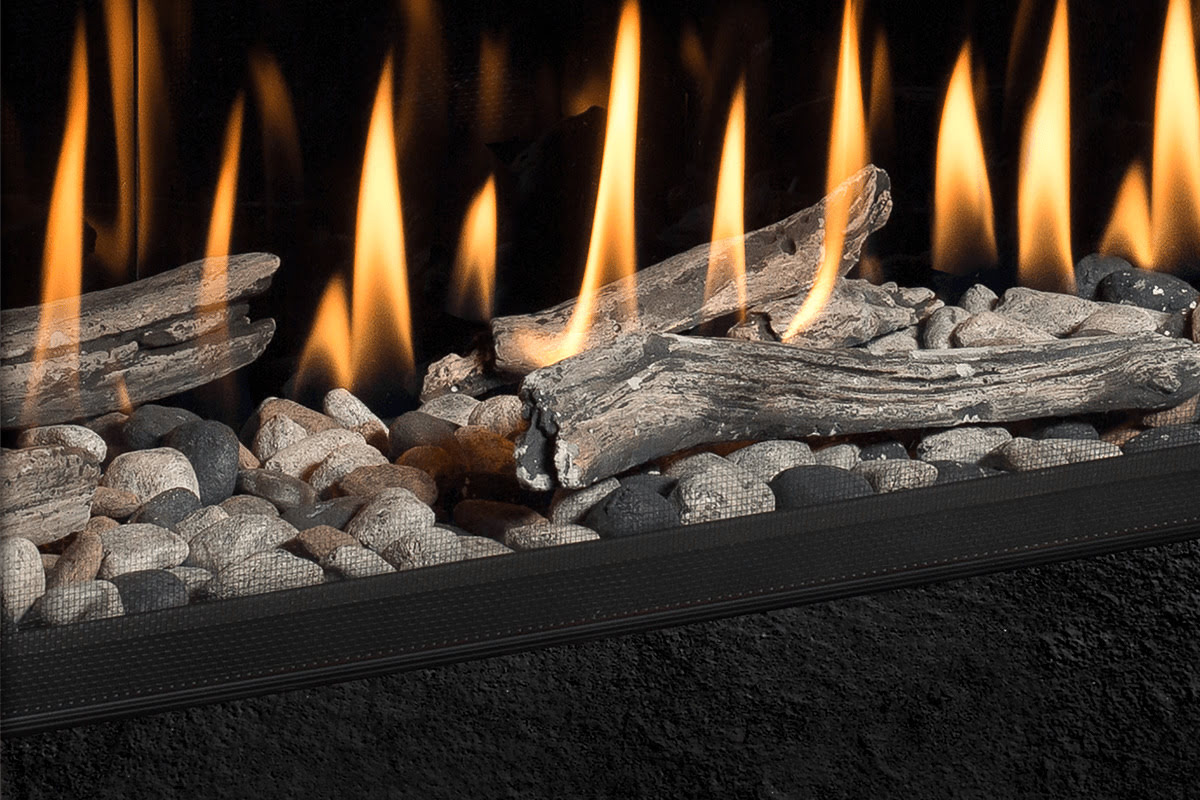

0 thoughts on “How To Start A Fire In A Fireplace”